The Wizarding World began with the Harry Potter movies before evolving into a sprawling if uneven cinematic universe. The tale of The Boy Who Lived enchanted fans the world over, becoming a cultural phenomenon and reaping massive critical and commercial success. Harry’s story ended with Harry Potter and the Deathly Hallows Part 2, a suitably epic and satisfying conclusion to the saga that defined a generation.
Not willing to abandon one of their most successful franchises, Warner Bros. greenlit a series of spinoffs beginning with 2016’s Fantastic Beasts and Where to Find Them. This new series failed to achieve the same critical and commercial reception as its predecessor, but it successfully kept the Wizarding World afloat. Eleven films have premiered so far, including Fantastic Beasts: The Secrets of Dumbledore, as well as the blockbuster video game Hogwarts Legacy. Most of the Potter movies earned considerable acclaim from critics, as evidenced by their high scores in the review aggregator Rotten Tomatoes, but the Fantastic Beasts entries haven’t been as lucky.
Fantastic Beasts: The Crimes Of Grindelwald (2018) -36%
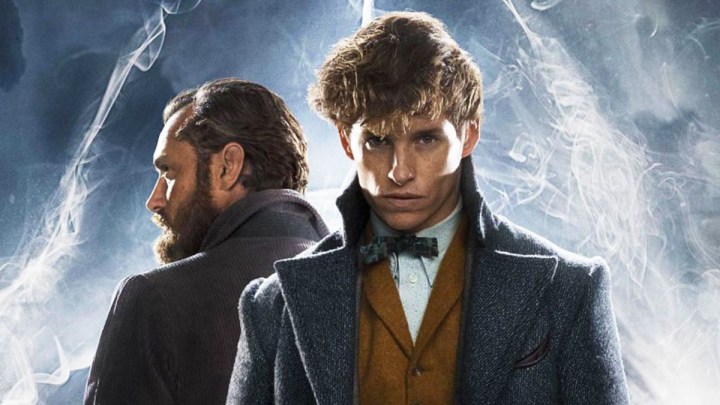
Fantastic Beasts and Where to Find Them was successful enough to warrant a sequel, this time focusing on the Dark Wizard Gellert Grindelwald. The film attempts to expand the series’ lore, but it does itself a disservice by focusing on yet another Dark Wizard, who audiences already knew was considerably weaker than Voldemort. So why bother telling his story?
The Crimes of Grindelwald is an ugly stain on the Wizarding World. Plain, uneven, and erratic, it juggled multiple plots without knowing what to do with them. However, it makes the worst mistake possible: It’s boring, and fans feel every single of the film’s 134 minutes. The Crimes of Grindelwald pulls the incredible feat of having nothing of value despite its extended runtime, and once the credits roll, fans can’t help but wonder why the movie even exists.
Fantastic Beasts: The Secrets of Dumbledore (2022) – 62%
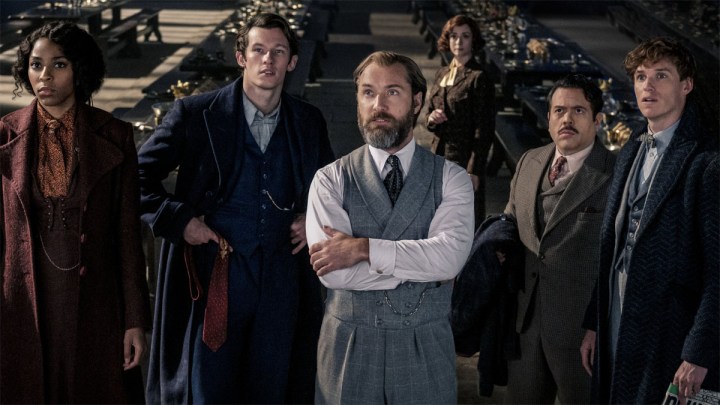
What a difference a screenwriter can make. After it became clear that J.K. Rowling was a weak writer for the screen, Warner Bros. recruited experienced Hollywood player Steve Kloves, the man behind seven of the eight Potter entries. The result, Fantastic Beasts: The Secrets of Dumbledore is a film that seems great in comparison to what came before; however, when the bar is in the mud, it isn’t difficult to raise it.
Still, credit where credit’s due: The Secrets of Dumbledore is ambitious, perhaps too much for its own good. The world is needlessly complicated and, at times, uninviting, and the story remains chaotic and directionless. The ever-sprawling cast elevates the film, particularly Jude Law doing most of the heavy lifting. Fantastic Beasts: The Secrets of Dumbledore is yet another confusing entry in the Wizarding World, one that’s still guilty of queerbaiting despite its seemingly well-meaning intentions.
Fantastic Beasts and Where to Find Them (2016) – 74%
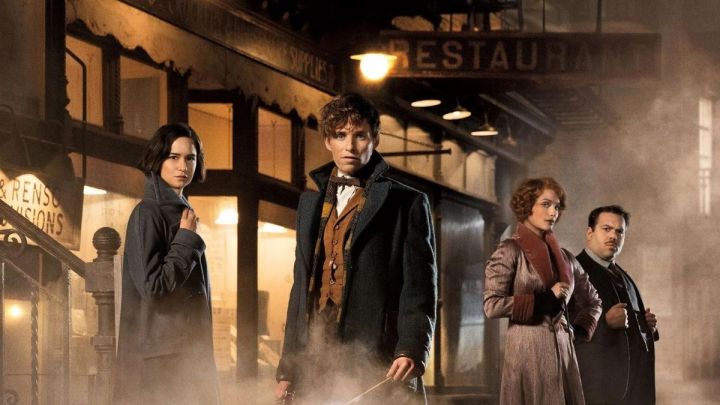
Following the ending of the Potter saga, Warner Bros. found itself with the sprawling Wizarding World and a million ways to exploit it. It opted for the little book Fantastic Beasts and Where to Find Them, a compendium of several magical creatures within the Wizarding World. J.K. Rowling wrote the screenplay, centering on the fictional book’s author, Newt Scamander, and his trip to New York City during the 1920s.
Fresh and exciting, this new chapter of the Wizarding World was intriguing enough to entice fans back into the magical world. The film featured dazzling visual effects, an interesting-enough storyline, and a slew of charming performances, including Dan Fogler, Alison Sudol, and the criminally underused Colin Farrell. The ending brings the whole movie down by retreading into tired and familiar territory, but for the most part, Fantastic Beasts was a promising new start for the Wizarding World.
Harry Potter and the Deathly Hallows – Part 1 (2010) – 77%
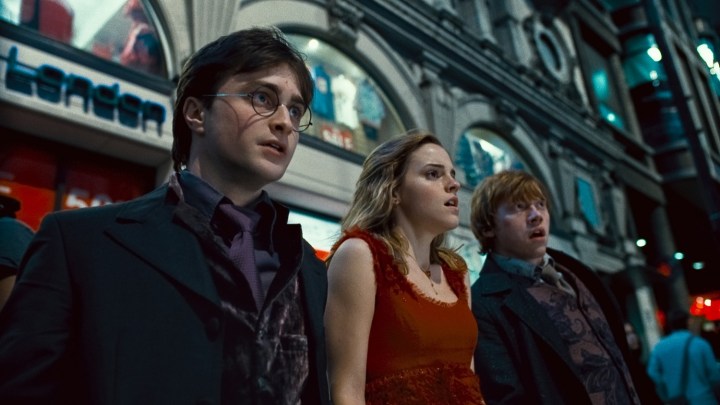
Splitting the last installment in the Potter franchise might’ve seemed like a shameless cash grab — and it was. However, Harry Potter and the Deathly Hallows packed enough plot and action to warrant two movies, the first of which premiered in November 2010. A road movie, Deathly Hallows – Part 1 was the first time Harry, Ron, and Hermione left the comfort of Hogwarts and faced the so-called “real world.”
Deathly Hallows – Part 1 features some of the Golden Trio’s strongest acting as tensions mount and failure looms over them. The film puts special focus on the trio’s relationship and the nature of their seemingly unbreakable bond, allowing for some of the saga’s most poignant scenes. By framing the action against the backdrop of Voldemort’s rise in power, Deathly Hallows – Part 1 delivers a thrilling and anxious entry that more than justifies its existence.
Harry Potter and the Order of the Phoenix (2007) – 77%
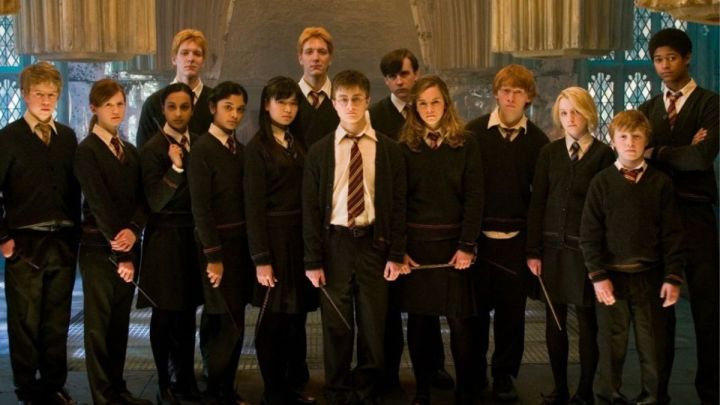
Harry Potter and the Order of the Phoenix was the first film after Voldemort’s return, and it suitably reflects the darker direction the franchise takes for its second half. The film is Harry against the world, literally, as the Wizarding World turns its back on The Boy Who Lived and his claims of Voldemort’s return. It also introduces Dolores Umbridge, arguably the franchise’s best villain, ranking above Voldemort himself.
Order of the Phoenix presents Harry at his worst. Angry, selfish, volatile, and prone to emotional outbursts, Harry tests the audience’s sympathy, coming out unscathed despite his best efforts. The film, the first under the helm of Potter mainstay David Yates, also features the franchise’s best magical duel, a confrontation between Voldemort and Dumbledore that’s yet to be topped. A slew of tragedies and significant steps forward in the saga’s overarching storyline make Order of the Phoenix a must-see.
Harry Potter and the Sorcerer’s Stone (2001) – 81%

Chris Columbus had the herculean task of introducing the magical world of Harry Potter to mainstream audiences at a time when many doubted the fantasy genre still had anything left to give. His efforts in kicking off the franchise were successful for the most part, delivering a suitably charming and fantastical entry that enchanted fans worldwide and, along with The Lord of the Rings, revived the long-dormant genre.
Harry Potter and the Sorcerer’s Stone is the most childish entry in the saga. It remains firmly in kiddie territory, sugarcoating or outright ignoring some of the saga’s most complex themes. However, it’s hard to hold that against the movie, especially when there’s so much magic to make up for it. Columbus and his team created the visual essence of the Wizarding World, paving the way for everything that came after it.
Harry Potter and the Chamber of Secrets (2002) – 82%
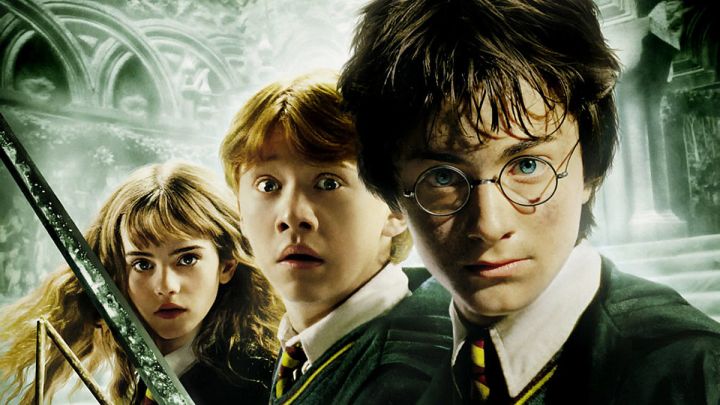
Harry’s second adventure delves into darker territory, showing the earliest signs of the direction the franchise would eventually take. Chamber of Secrets follows Harry as he begins hearing a mysterious voice just as the titular Chamber of Secrets gets opened again. With Columbus back as the helmer, the sequel reuses nearly every element that worked in the first one while introducing a few more.
Chamber of Secrets features a more ambitious and complex plot, arguably the most intricate in the saga. The film somewhat simplifies it compared with the source material, but the adaptation remains polished and thrilling, continuing Harry’s journey into heroic territory. Chamber of Secrets isn’t the strongest entry in the saga, but it is a memorable one that stands in its own right, an accomplishment in and of itself.
Harry Potter and the Half-Blood Prince (2009) – 84%

Harry’s sixth year comes with his most difficult challenge yet. With the Wizarding World aware of Voldemort’s return and Dumbledore away for extended periods, Harry must come to terms with his role as “the Chosen One” by himself. Harry Potter and the Half-Blood Prince finds Harry mourning Sirius’ death and dealing with his romantic feelings for Ginny, making it one of the few entries that cares as much about Harry’s psyche as it does for his role as a hero.
Half-Blood Prince had the difficult task of introducing and developing a plot element that would be crucial for the saga’s successful conclusion. It succeeded thanks to the strength of Michael Gambon’s performance as Dumbledore and Steve Kloves’ clever screenplay. Pivotal revelations and several breakthroughs in the characters’ relationships make Half-Blood Prince arguably the most important entry in the saga other than Deathly Hallows – Part 2.
Harry Potter and the Goblet of Fire (2006) – 88%
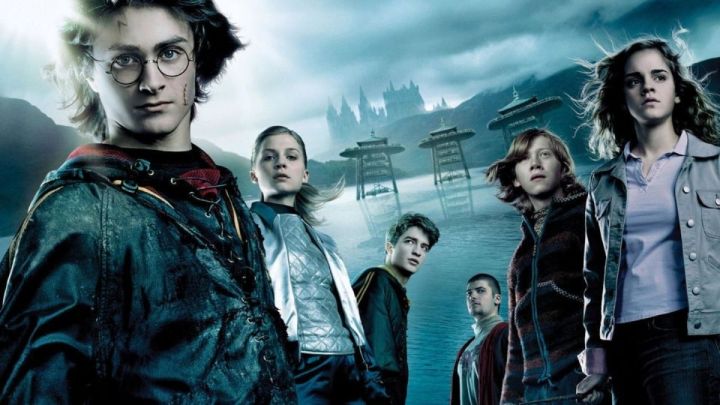
The Triwizard Tournament is the backdrop for most of Harry Potter and the Goblet of Fire‘s action. The film is the first to question the duality in Harry’s life; what many see as luck and fortune, he sees as a potentially deathly burden. Goblet of Fire features the return of Lord Voldemort and introduces a scenery-chewing Ralph Fiennes in the role, further increasing the franchise’s thespian crew.
At first glance, Mike Newell might seem like an odd choice to direct a Potter film. However, like Columbus and Alfonso Cuarón before him, Newell brings a unique touch to the franchise, a sense of sophistication and self-seriousness that greatly benefits the story. Goblet of Fire includes possibly the darkest scene in the franchise; indeed, the sight of Harry clenching Cedric’s dead body was the clearest indication that Harry was officially abandoning childhood.
Harry Potter and the Prisoner of Azkaban (2004) – 90%
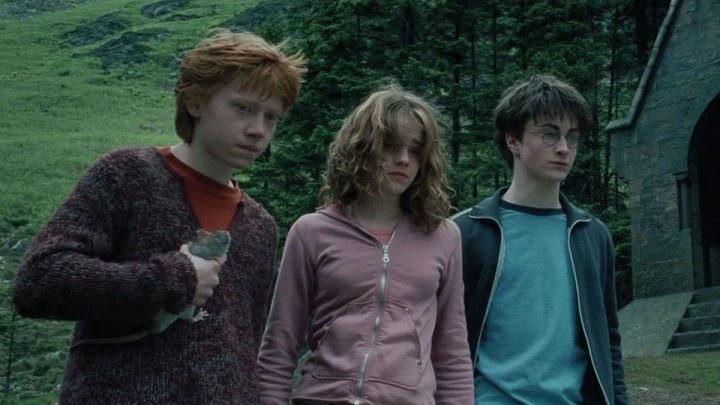
Cuarón had arguably the toughest job in the franchise: Taking what had been a children’s story and transitioning it into the more adult and dark territory that would characterize the Potter world going forward. Fortunately, the gifted Mexican director aced his assignment, delivering what many believe is the strongest entry in the saga.
Free from the worldbuilding that restrained previous and future entries, Prisoner of Azkaban instead focuses on Harry, Ron, and Hermione’s journey into adolescence. Of course, there’s still a complex and layered storyline at its core, but it’s intimate, more concerned with exploring and developing Harry’s psyche than with advancing Voldemort’s wicked plans. By revisiting Harry’s past and the trauma that shaped him, the film begins his journey into the reluctant hero he was always meant to be. Prisoner of Azkaban is darker, gloomier, and more mature, deftly handling themes that were new to the franchise. Yet, it’s also full of heart and purpose, giving Harry his most personal adventure.
Harry Potter and the Deathly Hallows – Part 2 (2011) – 96%
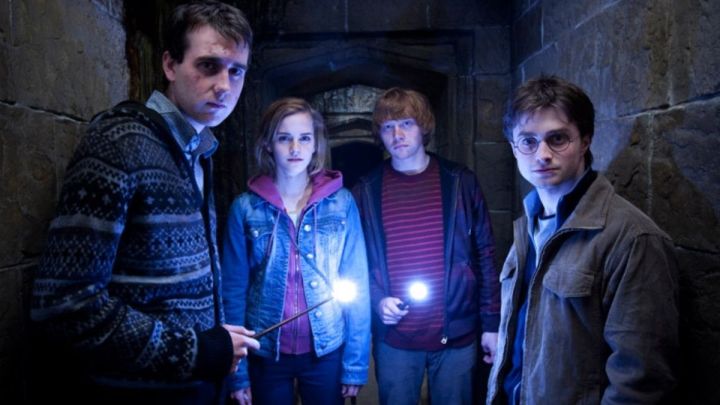
By the time Harry Potter and the Deathly Hallows – Part 2 premiered in the summer of 2011, the franchise was already an indelible part of the zeitgeist. Ten years after the first film premiered, Deathly Hallows – Part 2 finally brought the story of The Boy Who Lived to an action-packed and bittersweet ending.
The film pulled no punches, delivering the thrills and wonder that fans expect from the saga’s last entry. However, it also rewarded its loyal audience with an emotional and powerful ending that wore its heart on its sleeve. Everything about the film lived up to fans’ sky-high expectations, and by the time Harry, Ron, and Hermione held hands after the Battle of Hogwarts, there wasn’t a dry eye in the house. So what if the saga ended with a “happily ever after?” After 10 years, eight movies, and countless deaths, Harry and company earned themselves a break.
Editors’ Recommendations
Credit: Source link



Comments are closed.